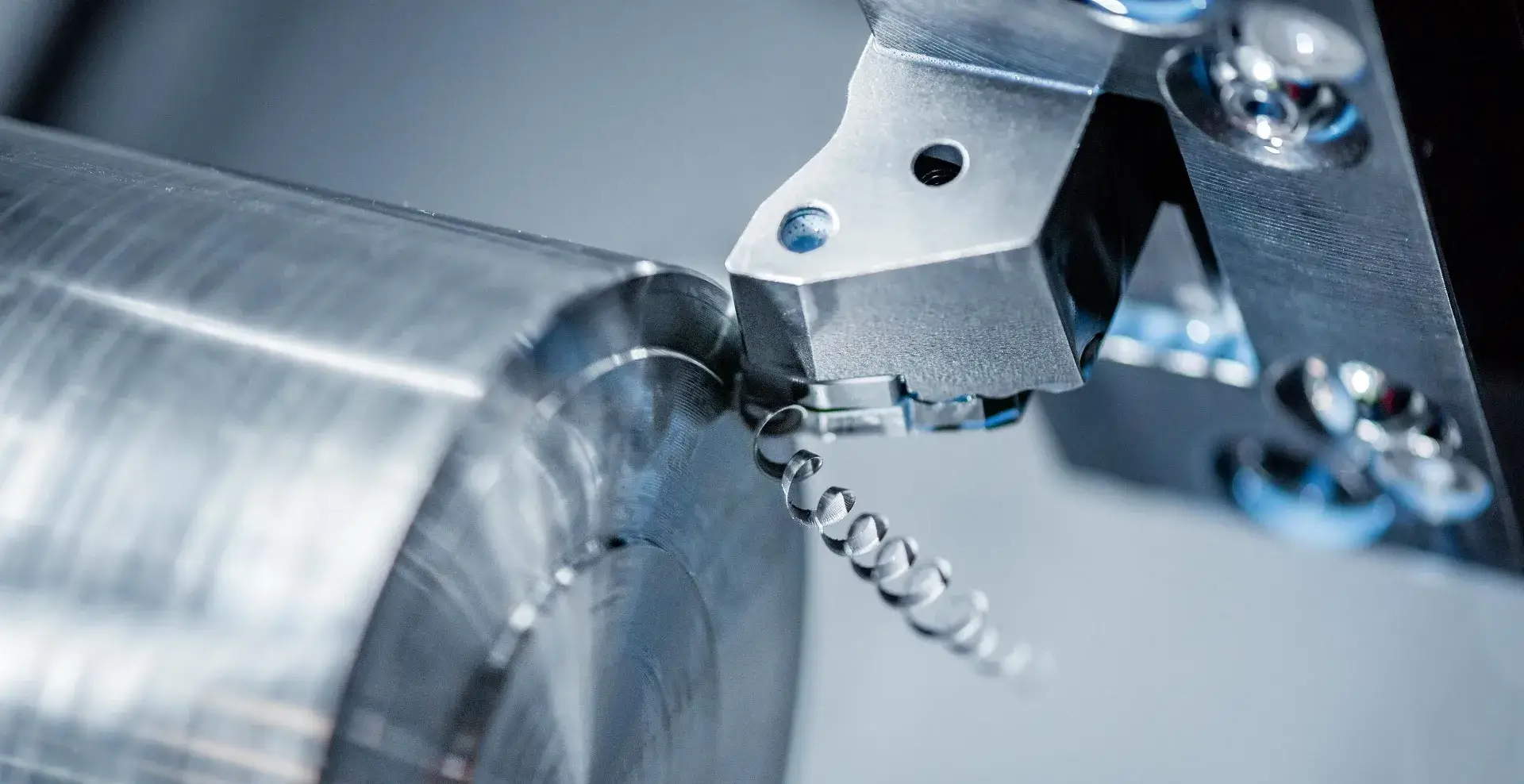Aerospace Machining: Why Advanced Composite Carbon Fiber is More Popular
When it comes to advanced composite materials, the term aerospace machining says it all. Moreover, with the development of the manufacturing industry, composite materials are converging to build the future of the aviation industry with the ultimate goal of improving fuel efficiency.
The increasing dependence on carbon fiber composites for the manufacturing of military and commercial aircraft components is the main driver for the increased use of advanced composite materials in the aerospace machining market. The industry requires high-performance materials with high mechanical and thermal properties as well as materials that are lightweight and have low production costs.
1.What factors should be considered in aerospace machining?
Honeycomb materials, commonly referred to as honeycomb structures in the aerospace machining industry, are mainly used in composite materials. Honeycomb sandwich structures are often used in the aerospace machining industry to manufacture various wall panels, airfoils, bulkheads, hatches, floors, engine covers, tail nozzles, silencers, heat shields, satellite shells, etc.
In this industry, the processing efficiency of a five-axis CNC machine tool is equivalent to that of two three-axis machines, which can potentially reduce the investment of some large automated production lines, save a lot of floor space, work between multiple manufacturing units, and transportation time and expenses.
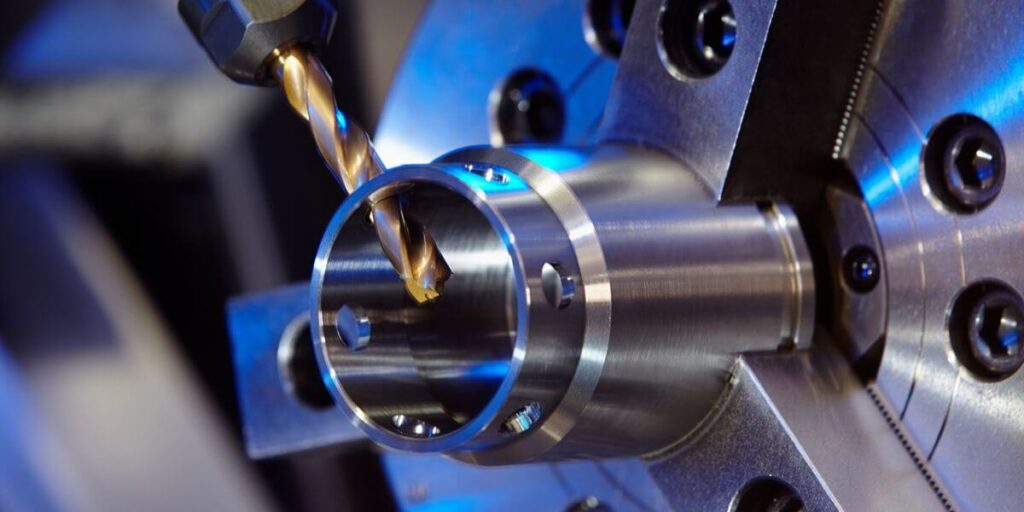
2.Application of carbon fiber in aerospace machining
Did you know that carbon fiber is 1-4 times stronger than ultra-high-strength steel, but its density is only 5/1 of steel? Carbon fiber is not only a unidirectional tape and braid (continuous fiber), but also a powder, short fiber, medium fiber and long fiber reinforced composite material that can be processed and molded using injection molding methods.
And carbon fiber resin-based composite materials are currently the most widely used and promising composite materials in the automotive industry.
3.How to choose materials for aircraft parts in aerospace machining
The following are important considerations for material selection in the aircraft field:
1) The strength of the part makes the whole stronger
These advantages have led to the use of carbon fiber composites in the production of aircraft structural components, including wings, seats, overhead luggage compartments, brackets, etc.
Therefore, advanced composites are replacing metal components in many parts of aircraft manufacturing because they have the potential to achieve lighter structural components. This also makes carbon fiber more accessible to the automotive, energy, marine, and infrastructure industries.
Improving fuel efficiency isn’t the only way to reduce the cost of manufacturing aerospace machining parts by using modern composite materials.
While composites may cost more to manufacture than standard metals or non-reinforced plastics, their longer service life, improved fuel efficiency, and lower manufacturing costs can offset the initial cost over the product’s lifecycle. This makes carbon fiber a viable alternative that aerospace companies are increasingly investigating.
2) Advanced Composites Outperform Metals
Modern composite materials such as carbon fiber offer a high-performance solution for producing lighter, stronger aircraft structural components compared to traditional materials such as aluminum alloys and metals. It can help reduce carbon footprints by improving fuel efficiency in high-altitude flight applications.
The lightweight properties of carbon fiber are matched by its strength, so improved composites are critical to the future of the aerospace machining industry. Other benefits of the reinforcing fibers used by leading aircraft manufacturers Boeing and Airbus include:
- Corrosion resistance.
- Reduced production costs.
- Ability to withstand high temperature and high pressure environments.
- Stiffness and flexibility.
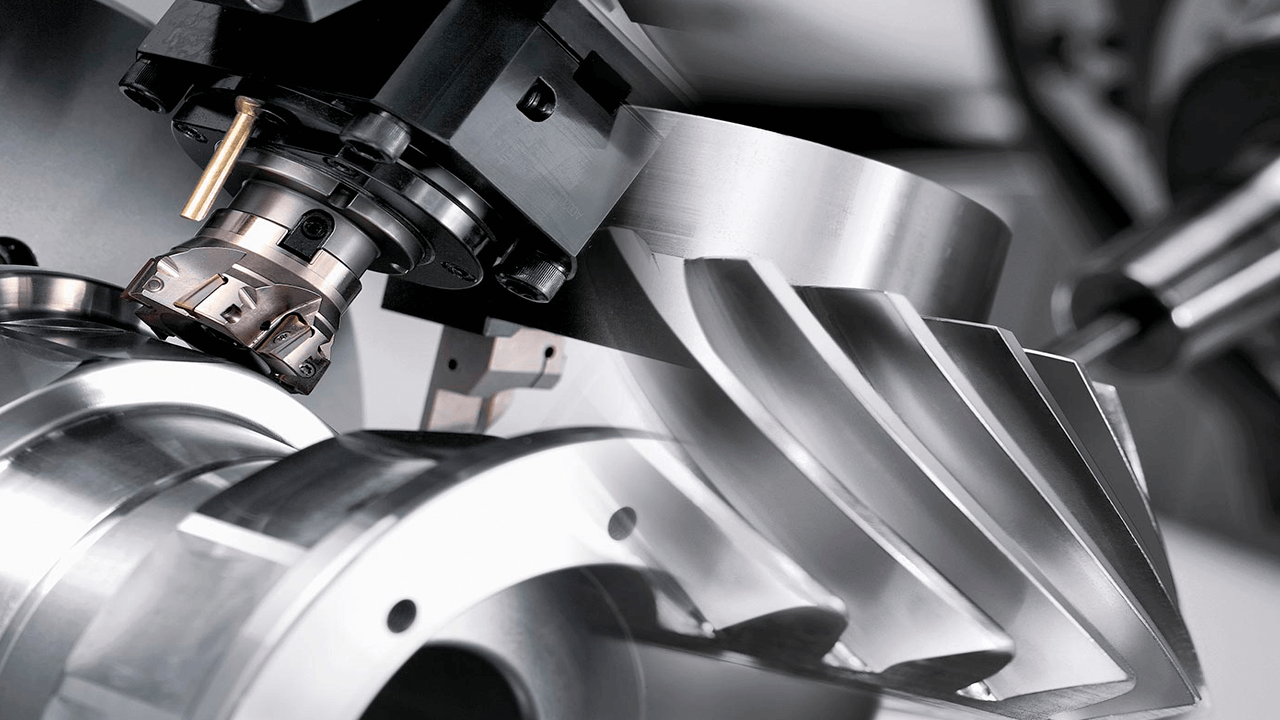
4.Advantages of using carbon fiber in aerospace processing
1) Carbon fiber composites improve aerodynamic performance
Aerodynamics is a key factor affecting the fuel economy of an aircraft. The leaner the aircraft design, the more fuel efficient it is. Carbon fiber composites can be precisely produced, providing complex and smooth geometries, allowing engineers to optimize the aerodynamics of an aircraft.
In addition, carbon fiber is strong and durable, which helps in seamless swept wing design. By reducing air resistance, the fuel consumption rate of an aircraft can be reduced by up to 50%.
2) Carbon fiber helps develop more fuel-efficient aircraft
The lighter the aircraft, the lower the operating and maintenance costs of the aviation industry. Lightweight design improves fuel efficiency and reduces the overall operating costs of commercial aircraft. Did you know? Carbon fiber composites are very strong and relatively light in weight. Aircraft made of carbon fiber composites are nearly 20% lighter than those made of aluminum.
In fact, experts estimate that every kilogram of weight saved using carbon fiber can save about $1 million over the entire service life of the aircraft.
3) They are suitable for creating complex shapes
The metal alloys used in traditional aircraft manufacturing are usually brittle. Therefore, engineers began to turn to carbon fiber composites with high ductility. This enables the manufacture of more complex shapes, opening up a whole new area of innovation in aircraft engineering. Building complex shapes reduces the number of aircraft parts and the number of joints and fasteners required to attach the parts.
This has two benefits: first, fewer joints and fasteners can reduce assembly time; second, each hole used to connect joints and fasteners can become a starting point for cracks. Therefore, reducing the number of joints and fasteners is expected to make the structure stronger and more reliable.
4) Carbon fiber composites help reduce the use of aircraft parts
The number of parts required to manufacture an aircraft also affects the weight, aerodynamics and fuel efficiency of the aircraft. The more parts required to manufacture an aircraft, the longer the manufacturing time, weight, maintenance and expenses. Fortunately, carbon fiber composites can be easily produced and molded, combining multiple parts into a single structure that is stronger and more reliable.
5) Carbon fiber is corrosion-resistant
Another advantage of using carbon fiber composites in aerospace machining is that they are more corrosion-resistant than metal alloys. This makes them ideal for the aviation industry, as corrosion resistance means longer component life, better maintenance and lower operating expenses.
In addition, carbon fiber has excellent crack and fatigue resistance when paired with a stronger resin matrix.
6) Carbon fiber composites can speed up manufacturing
Fast assembly speed and reduced number of parts are expected to speed up the manufacturing process. Carbon fiber composites are extremely flexible, capable of complex shaping and seamless integration into a unified structure. Therefore, manufacturers need to manufacture and assemble fewer parts. This will reduce time to market and speed up the manufacturing process.
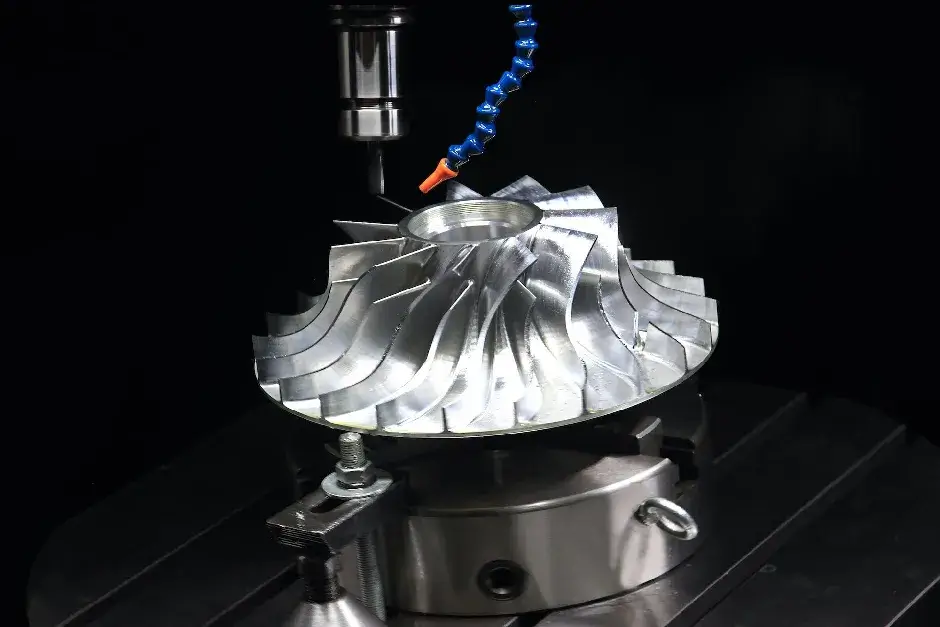
5.Other aerospace machining technologies currently being adopted
1) Laser beam welding
Compared with traditional welding processes, laser welding is faster and more accurate. Therefore, laser welding is an excellent material processing solution when high precision and repeatability are required.
It is also an excellent way to combine incompatible materials, which is difficult to achieve with traditional welding processes. Laser welding transfers very little heat to the fused materials, which is perhaps its most significant advantage.
Using this technology, no heat-affected zone is formed around the weld. In addition, there will be no cracks or material weaknesses that will affect the performance of the joint. Pressure vessel welding, orifice plate drilling, close-range sensor welding, front drilling, battery welding, and sensitive electronic glove box welding are all examples of laser processing applications.
2) Additive Manufacturing
The aerospace machining was the first to see the huge potential of additive manufacturing (AM) in developing parts with advanced materials and novel geometries. Most parts are printed using powder bed laser printing technology.
However, aerospace machining also employs alternative laser and electron beam technologies. AM can also create lattice structures, especially within the fuselage, which reduces weight and helps dissipate heat.
AM simplifies assembly and reduces potential failure points by replacing multiple parts with a single component. Fused deposition modeling (FDM) is an additive manufacturing (AM) technology that deposits ultra-thin layers of semi-molten thermoplastics to construct semi-hollow objects, such as the honeycomb structure of the wings of unmanned aerial systems, thereby reducing weight and increasing strength.
3) Five-axis machining settings
The structures of five-axis machining centers are diverse. The structural design of the machine tool fundamentally affects the performance of the equipment and determines the rigidity, machining accuracy, stability, operability, etc. of the equipment.
The advantage of five-axis linkage machining is that it can continuously maintain the appropriate angle between the tool feed direction and the workpiece surface, thereby obtaining better surface quality and better chamfering effect, while also improving tool life, saving one-time clamping time, and reducing machining error rate.
The mold manufacturing industry generally uses five-axis linkage for curved surface machining, while plane machining mostly uses three-axis plus two-axis machining centers.
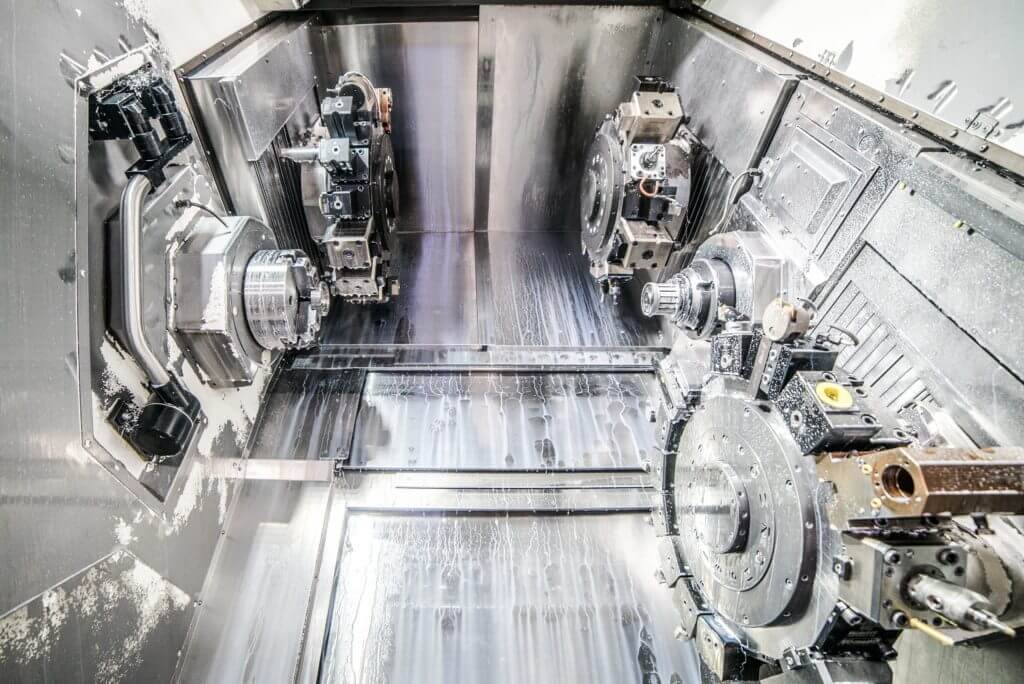
6.Conclusion
The use of carbon fiber composites in aerospace machining provides engineers with greater freedom in planning aerodynamic efficiency and fuel savings. Commercial aviation machinery manufacturers may reconsider the design of integrating wings and fuselages to improve the aircraft’s lift-to-drag ratio.
If you are looking for an experienced Precision machining manufacturer, Xavier is your ideal choice.The Xavier team is well equipped to provide high quality aerospace parts machining solutions. If you require more information or would like to discuss your machining needs, please feel free to contact us.
